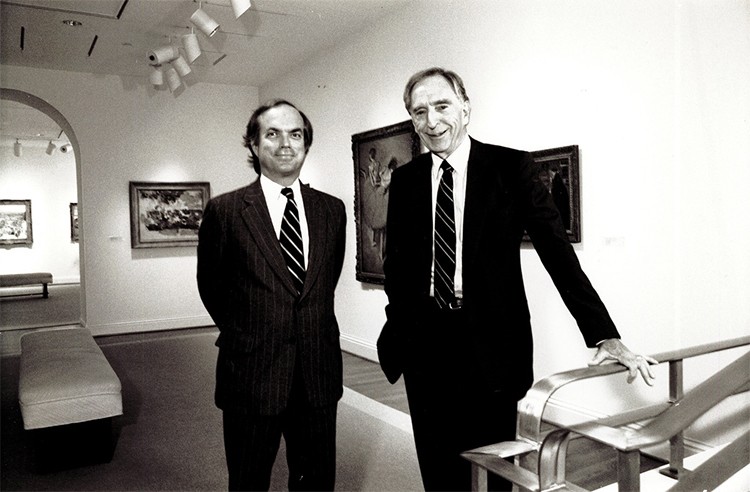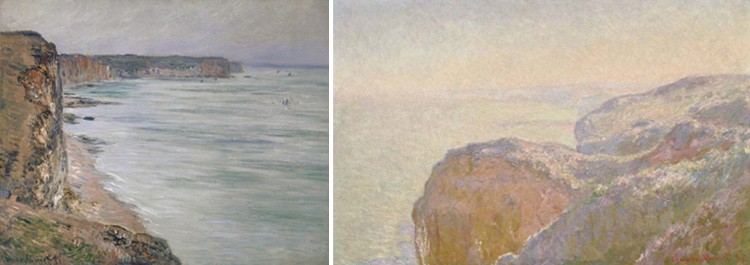Each week for the duration of the exhibition, we’ll focus on one work of art from Renoir and Friends: Luncheon of the Boating Party, on view October 7, 2017-January 7, 2018.
Born into a family that made its money in the textile business, Gustave Caillebotte used his considerable means to support his Impressionist colleagues and to purchase their work, acquiring paintings by Cézanne, Degas, Manet, Monet, Pissarro, and Sisley, among others. Although he was the least-known member of the “core” Impressionists (he was almost 10 years younger than the others and missed the group’s early development), during the late 1870s and early 1880s Caillebotte was an important participant in the dramatic revolution in French painting.
Among his early acquisitions was Pierre-Auguste Renoir’s Dance at the Moulin de la Galette (1876, Musée d’Orsay), shown at the third Impressionist exhibition; he even included it in the background of an 1879-80 self-portrait. Since Caillebotte bought many works by other Impressionists, his reference to this painting in his self-portrait seems a deliberate symbol of his admiration for and friendship with Renoir. During these days of struggle and ambition for Renoir, Caillebotte emerged as a stalwart advocate for his fellow artist and became a lifelong supporter of his work. Their friendship was a close one: in 1876, Caillebotte named Renoir executor of his will, and when Renoir and Charigot had their first son in 1885, they asked Caillebotte to be the child’s godfather. Caillebotte painted a portrait of Renoir’s wife, Aline Charigot, in the garden of his house at Petit-Gennevilliers in 1891; so too did Renoir paint Caillebotte’s sweetheart, Charlotte Berthier, though a few years earlier and in a more formal indoor setting. Renoir and Caillebotte were close friends until Caillebotte died of a stroke in 1894 at Petit-Gennevilliers.

Gustave Caillebotte, Madame Renoir in the Garden at Petit Gennevilliers (Madame Renoir dans le jardin du Petit-Gennevilliers), 1891. Oil on canvas, 25 1/4 × 19 3/4 in. Collection of Bruce Toll


